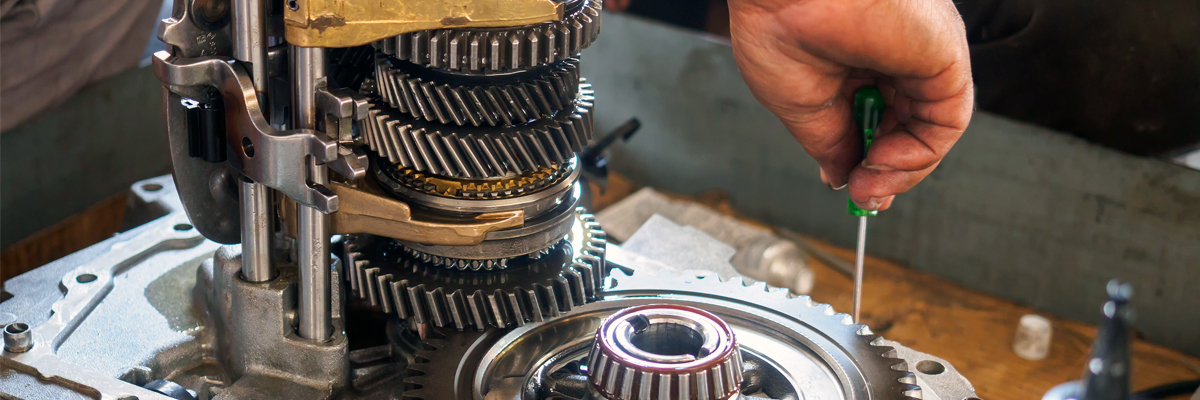Engine gaskets - why you should always replace them as a set

We all know working on combustion engines is a complex and delicate job. It requires a bagful of skills, and getting it wrong can have disastrous consequences. Engine gaskets are an essential part of the engine workings. Parts like head gaskets, valve cover gaskets and other engine seals are unassuming and inexpensive, but not giving them the attention they deserve could leave you with a hefty bill to swallow.
The price of a new engine or a major repair is many times higher than the cost of changing the seals on time. So, here’s why you should not skimp on a few gaskets.
When changing a blown gasket
A blown head gasket is one of the biggest failures your equipment can suffer, and fixing it takes time. Depending on the extent of the damage, replacing engine gaskets can take anywhere from a few hours to a few days.
This failure often causes intense heat and stress on the engine, impacting other seals and gaskets near the blown gasket. Since these are inexpensive wear parts, it's common practice to replace all the gaskets in that area (either upper or lower engine), if not throughout the entire engine.
When doing other repairs on the engine
With engine gaskets, the stakes of doing a good repair are high. Even when working on other parts of the engine, like exchanging a water pump, you should always replace the exposed seals and gaskets. Wear, heat and compression will have distorted the seals, and leaks are likely to occur - even when you reassemble all parts in the exact same position.
Whenever you’re changing gaskets on a vehicle’s engine, it’s good practice to check all the other gaskets and seals for leakage as well.
Choosing and installing the correct gaskets
When changing the gaskets on your engine, always use seals made from the same material used by the OEM (Original Equipment Manufacturer). They should be the same thickness and shape to prevent gasses and liquids from seeping through.
There are a few exceptions where you can use oversized cylinder head gaskets. Extreme temperatures may have warped some of the engine’s housing parts. If that’s the case, the mating surfaces will be machined to restore their flatness. Oversized gaskets are slightly thicker than the original ones and will compensate for the size reduction due to the machining.
When reassembling the engine after the repair, use the correct torque settings recommended by the OEM. Not enough torque might cause leakage, and too tight might distort and damage the gaskets.
If you want to know more about how to detect and prevent blown gaskets, read our blog about replacing cylinder head gaskets.
Looking for engine gaskets?
TVH offers all the engine gaskets you need for engine repairs and maintenance. We supply handy kits that combine all the seals and gaskets for specific parts of the engine or for the entire engine:
- Upper engine gasket kits
- Lower engine gasket kits
- Complete engine gasket kits
- Individual engine gaskets
- Oversized cylinder head gaskets
The best way to find the correct engine gasket kit is by using the machine details (make, model, etc.):
Simply go to our online shop, enter the machine details and find the parts you need!
Not 100% sure which gasket kit you need? Don’t hesitate to get in touch! Our skilled colleagues are ready to provide extra support.